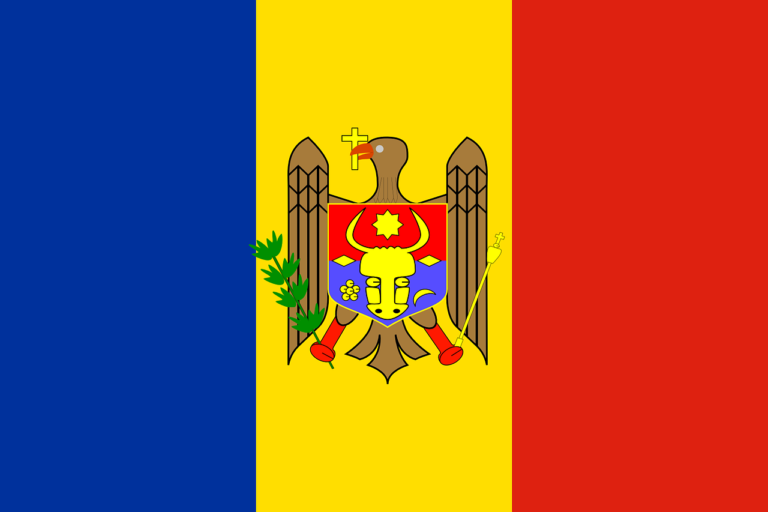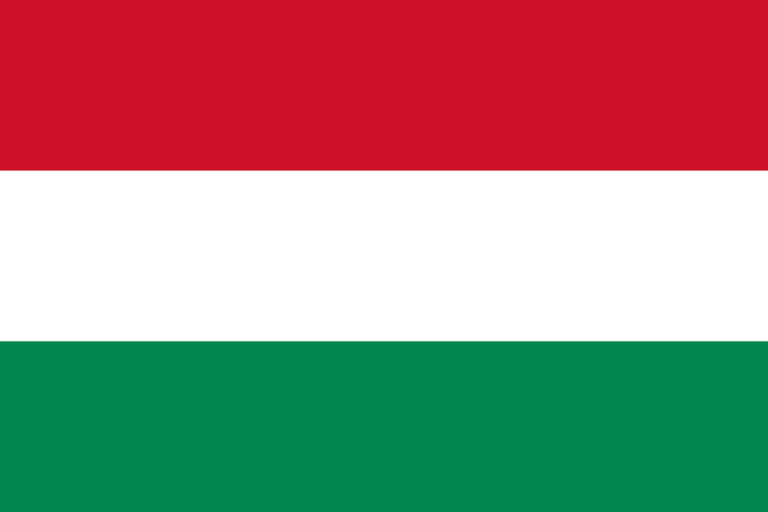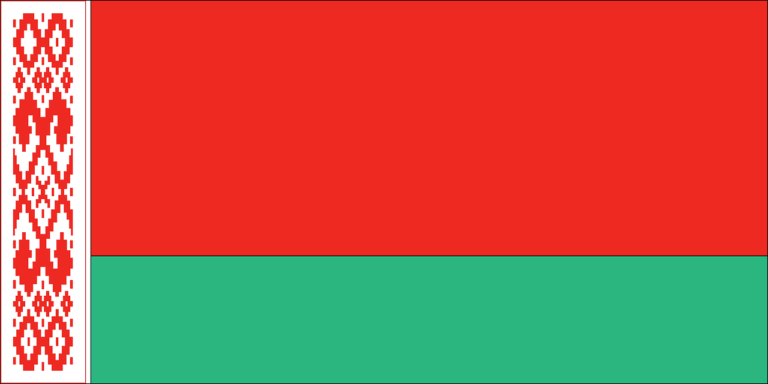Flags are powerful symbols that encapsulate the spirit, history, and values of a nation. The national flag of Bulgaria, with its distinctive colors and emblem, serves as a proud emblem of national identity, cultural heritage, and resilience. In this blog post, we will explore the captivating story behind the Bulgaria national flag, examining its origins, symbolism, historical significance, and its enduring importance in contemporary Bulgarian society.
Origins and Design:
The Bulgaria national flag, commonly referred to as the “Flag of Bulgaria” or “Zname na Balgariya,” features three equal horizontal bands of white, green, and red. The white band represents peace, purity, and freedom, while the green symbolizes the fertile land and abundance of nature in Bulgaria. The red band signifies courage, valor, and the indomitable spirit of the Bulgarian people.
Symbolism and Meaning:
Each color of the Bulgaria national flag carries profound symbolism. The white band represents the aspiration for peace, reflecting the Bulgarian people’s desire for harmony and tranquility. The green band symbolizes the country’s fertile land, rich forests, and agricultural abundance, paying homage to Bulgaria’s strong agricultural traditions and connection to nature. The red band embodies the courage, bravery, and resilience of the Bulgarian people throughout their history.
Historical Significance:
The adoption of the Bulgaria national flag in 1879 marked a significant moment in the country’s history. It became the official flag following Bulgaria’s liberation from Ottoman rule, symbolizing the newfound independence, sovereignty, and national pride of the Bulgarian people. The flag represents the struggles and sacrifices made during the quest for freedom and self-determination.
Cultural and National Identity:
The Bulgaria national flag holds deep cultural and national significance for the Bulgarian people. It is proudly displayed during national celebrations, public events, and gatherings, serving as a unifying symbol of Bulgarian identity and pride. The flag represents the rich cultural heritage, traditions, and values of the Bulgarian nation. It serves as a reminder of the country’s history, achievements, and collective aspirations for a prosperous future.
International Recognition and Influence:
The Bulgaria national flag is recognized internationally as a symbol of Bulgarian culture, heritage, and national identity. It represents Bulgaria at various international events, diplomatic missions, and sporting competitions, showcasing the country’s unique identity and contributions to the global community. The flag’s design and symbolism have also influenced various artistic and cultural expressions, including literature, music, and visual arts, reflecting its impact and recognition beyond national boundaries.
The Bulgaria national flag, with its striking combination of white, green, and red, stands as a powerful symbol of history, national identity, and resilience for the Bulgarian people. It embodies the aspirations for peace, prosperity, and freedom that are deeply rooted in the Bulgarian culture. The flag serves as a constant reminder of the nation’s rich history, cultural heritage, and the indomitable spirit of the Bulgarian people. As Bulgaria continues to forge its path, the national flag will remain a cherished emblem, representing the unity, pride, and aspirations of the Bulgarian nation.






